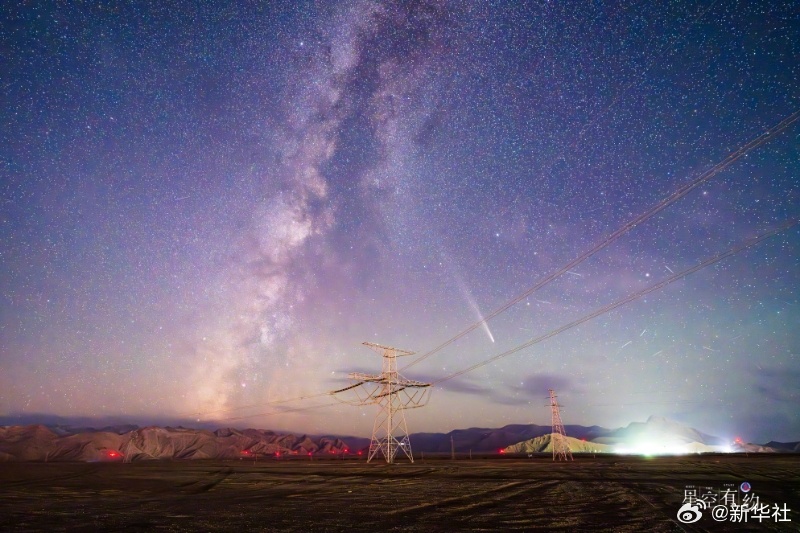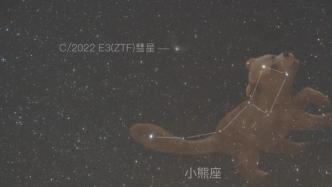
Comet C/2022 E3 is the first bright comet of 2023. Since January, it has gradually approached the earth, and passed the perigee on February 2. Recently, Chinese astronomy enthusiasts have observed and photographed it.

Comet C/2022 E3 was photographed by Wang Junfeng, a Beijing-based astronomer, in Dongdaihe, Liaoning on January 28. (Photo provided by myself)
Wang Junfeng, an astronomy enthusiast from Beijing, introduced that during the Spring Festival this year, he used professional equipment to observe and photograph comet C/2022 E3 in Dongdaihe, Liaoning. "I used multiple shots to superimpose the noise reduction method to highlight this very beautiful 'blue elf'. When shooting, there was also a shooting star passing by, which was in the same frame as the comet. By zooming in, I saw the head of the comet The bottom is a very lovely green and blue with a hint of purple, which is very lovely."
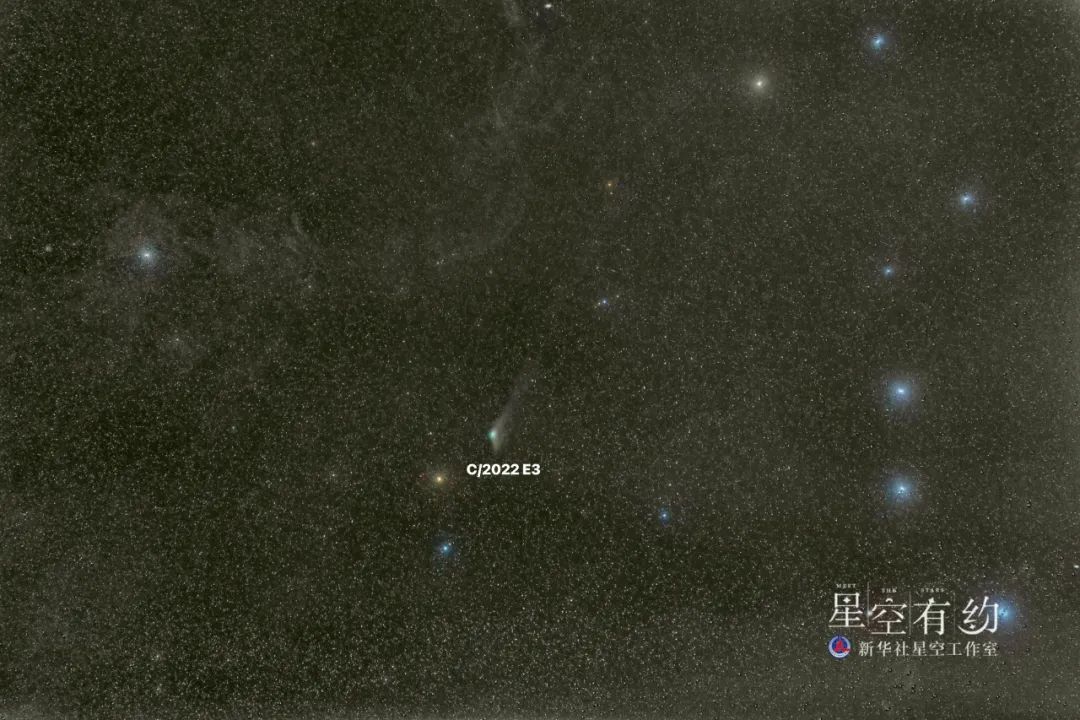
Comet C/2022 E3 was photographed by Beijing astronomy enthusiast Sun Si in Huairou District, Beijing on January 28. (Photo provided by myself)
Comet C/2022 E3 comes from the Oort cloud at a distance of 50,000 to 100,000 AU from the sun. It was first observed and discovered by the Zwicky Transient Facility in March 2022, so it is also known as comet ZTF. It's a long-period comet that circles the sun about every 50,000 years.
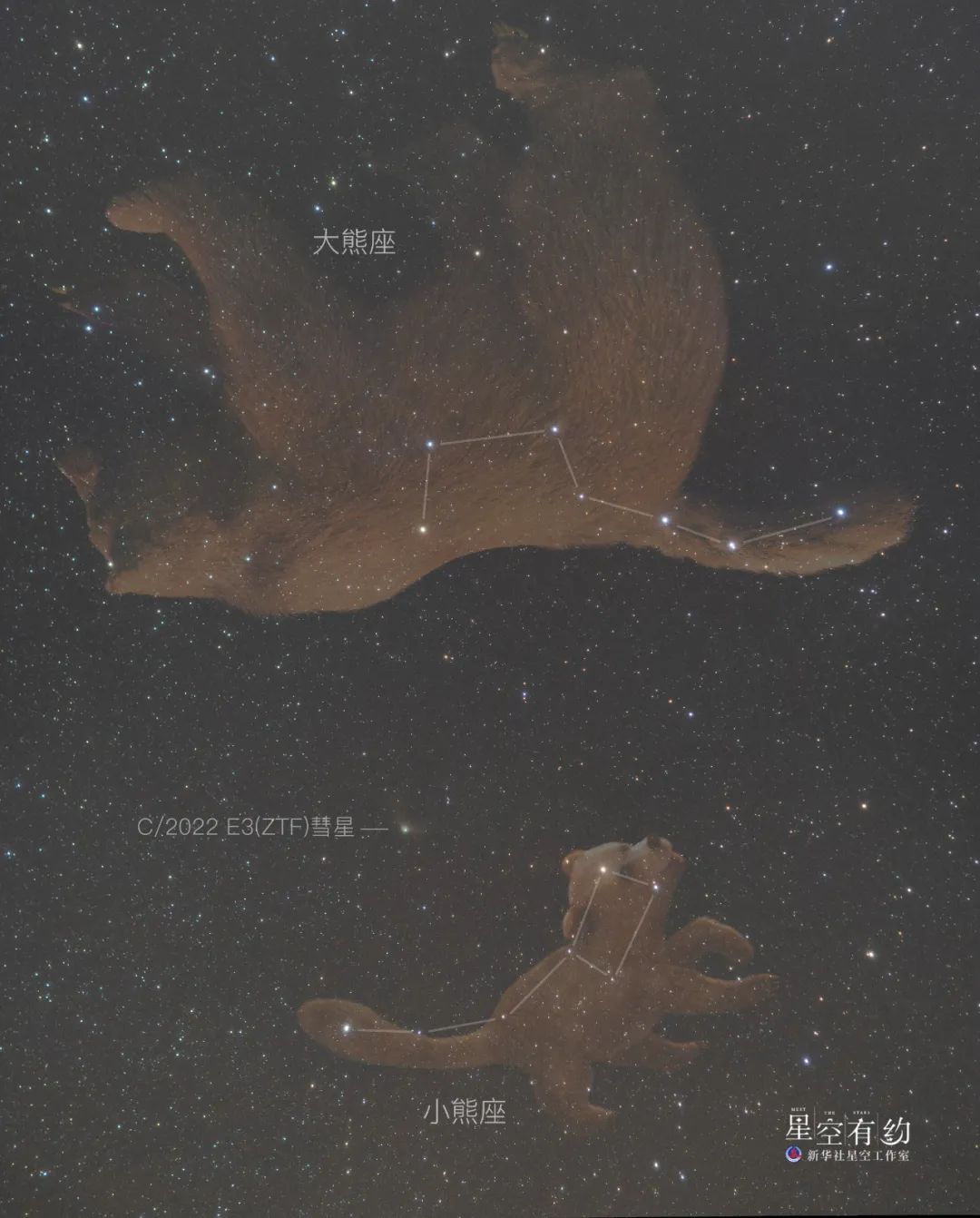
Comet C/2022 E3 was photographed by Beijing astronomy enthusiast Ma Jin in Yanqing District, Beijing on January 30. (Photo provided by myself)
"Because it is relatively close to the earth, comet C/2022 E3 moves very fast in the sky, and its brightness rises rapidly, gradually increasing from magnitude 17 at the beginning to magnitude 5 to 6 in early February. For northern my country, the comet Located near the North Celestial Pole, the constellation Cameropards never sets all night, and the best observation time is from late January to early February before dawn." said Xiu Lipeng, a member of the Chinese Astronomical Society and director of the Tianjin Astronomical Society.

Comet C/2022 E3 was photographed by Rao Xiaoshu, a member of the Xingyun Club of Zhongguancun No. 2 Primary School in Haidian District, Beijing, on January 28 using the Lijiang Remote Observatory in Yunnan. (Photo provided by myself)
Although Comet C/2022 E3 is not as bright as Comet Xinzhi in 2020 and Comet Leonard in 2021, because it is the first bright comet in 2023, it is favored by Chinese astronomy enthusiasts. Use professional equipment to find the figure of this "extraterrestrial visitor".
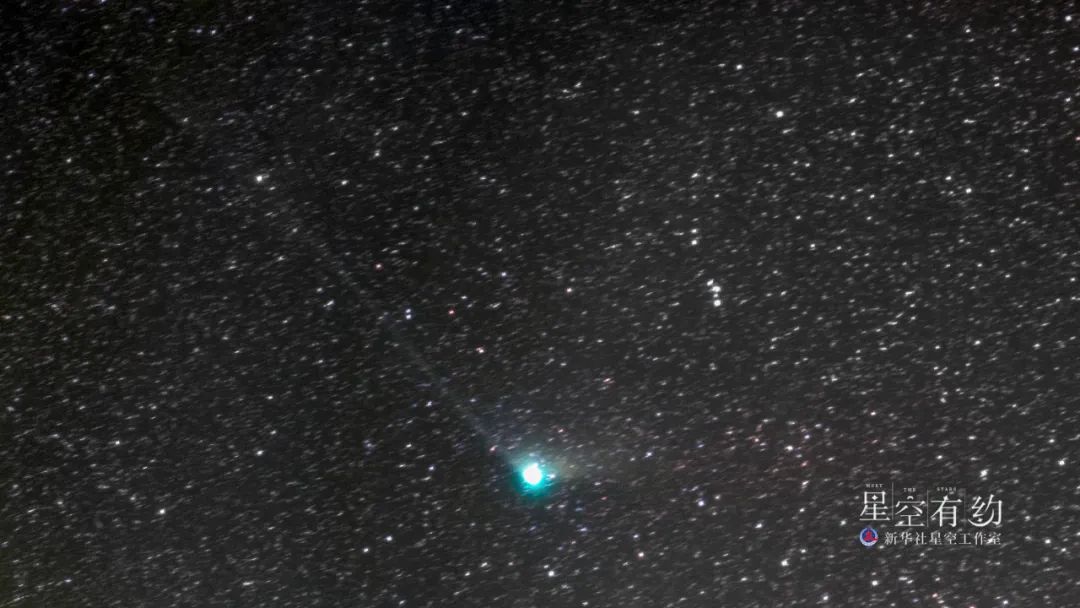
Comet C/2022 E3 was photographed by Liu Chengshan, an astronomy enthusiast in Heilongjiang Province, on January 30 in Jiangwan Township, Duerbert Mongolian Autonomous County, Daqing City, Heilongjiang Province. (Photo provided by myself)
Tianjin astronomy enthusiast Yang Jing came to Xiaoxin Wharf Village, Huangzhuang Town, Baodi District, Tianjin to observe comet C/2022 E3. "Because we have been paying attention to the comet's predicted position, brightness, and time data recently, we found it relatively quickly. We first used binoculars to survey the sky near Polaris to find the comet, then used a SLR camera lens to lock the comet's position, and then used a long-term Jiao took a close-up of the comet," Yang Jing said.
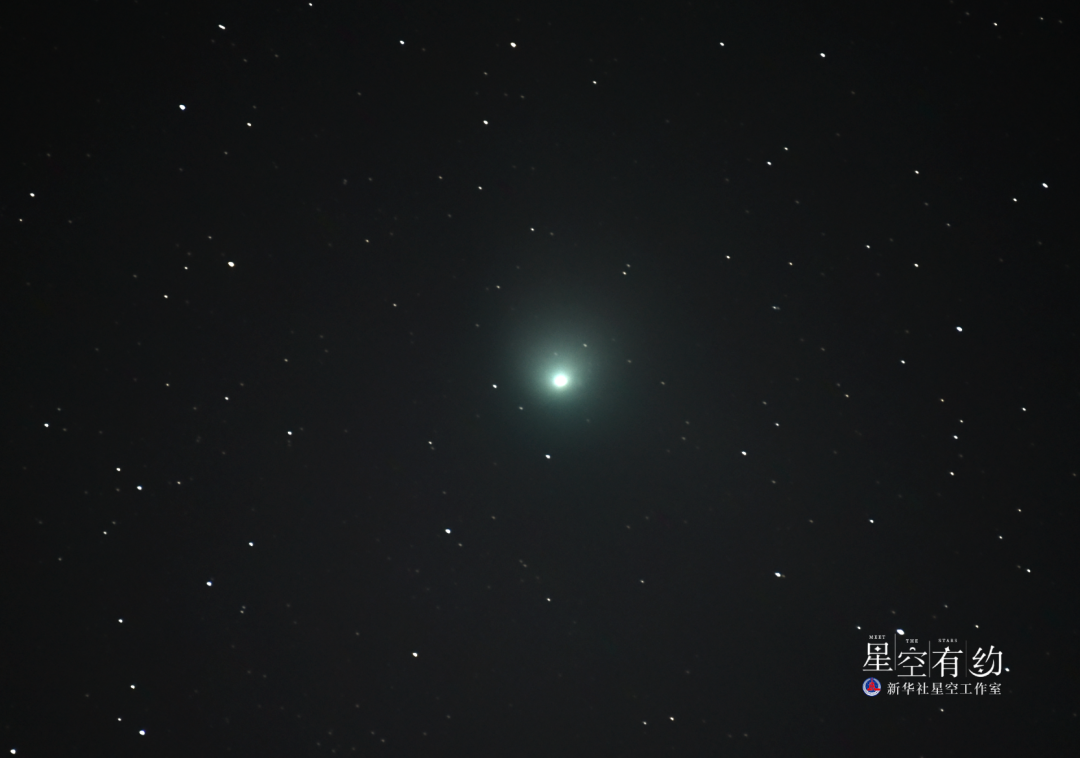
Comet C/2022 E3 was photographed by Yang Jing, an amateur astronomer in Tianjin, in Xiaoxin Wharf Village, Huangzhuang Town, Baodi District, Tianjin on January 30. (Photo provided by myself)
Between shooting, Yang Jing also used binoculars and a small astronomical telescope for visual observation. "There is a different experience between seeing a comet with the naked eye and taking pictures. It is a small light cluster with a very light blue-green color, which is very special against the surrounding stars." Yang Jing said.

Comet C/2022 E3 was photographed by Jia Songyu, a Beijing-based astronomer, at Gemini Observatory in Lijiang, Yunnan Province on January 30. (Photo provided by myself)
Entering February, Comet C/2022 E3 enters Taurus from Camelopard through Auriga, but its brightness has decreased. "From February 3rd to February 7th, the moon will rise in the evening and will not set until around dawn. The bright moonlight will last almost the whole night, which is not conducive to observation. After the 8th, the moonrise time will become shorter and shorter. Later, the observable time will be longer and longer, but the brightness of the comet will further decrease. After the end of February, the comet may disappear." Xiu Lipeng said.
